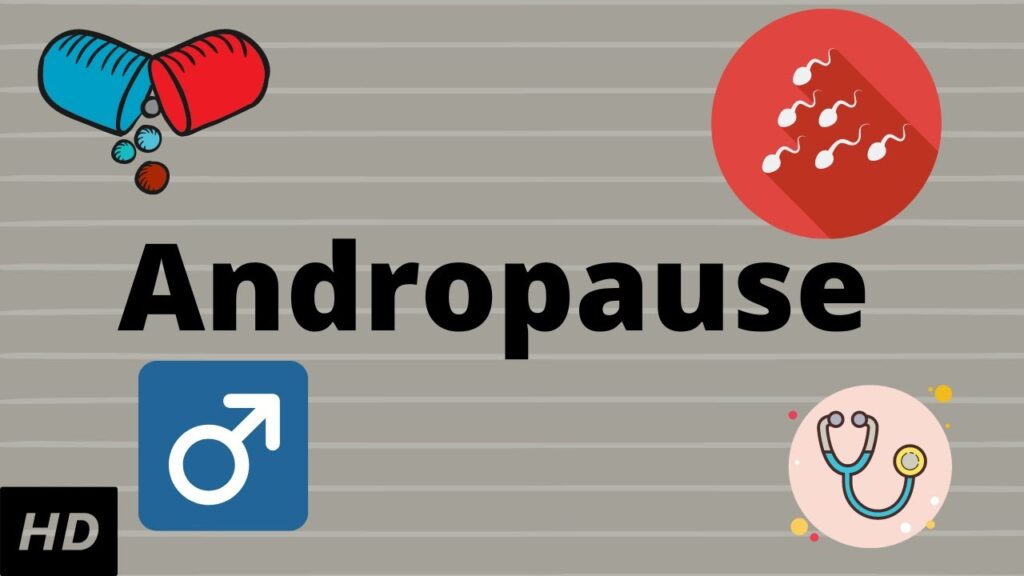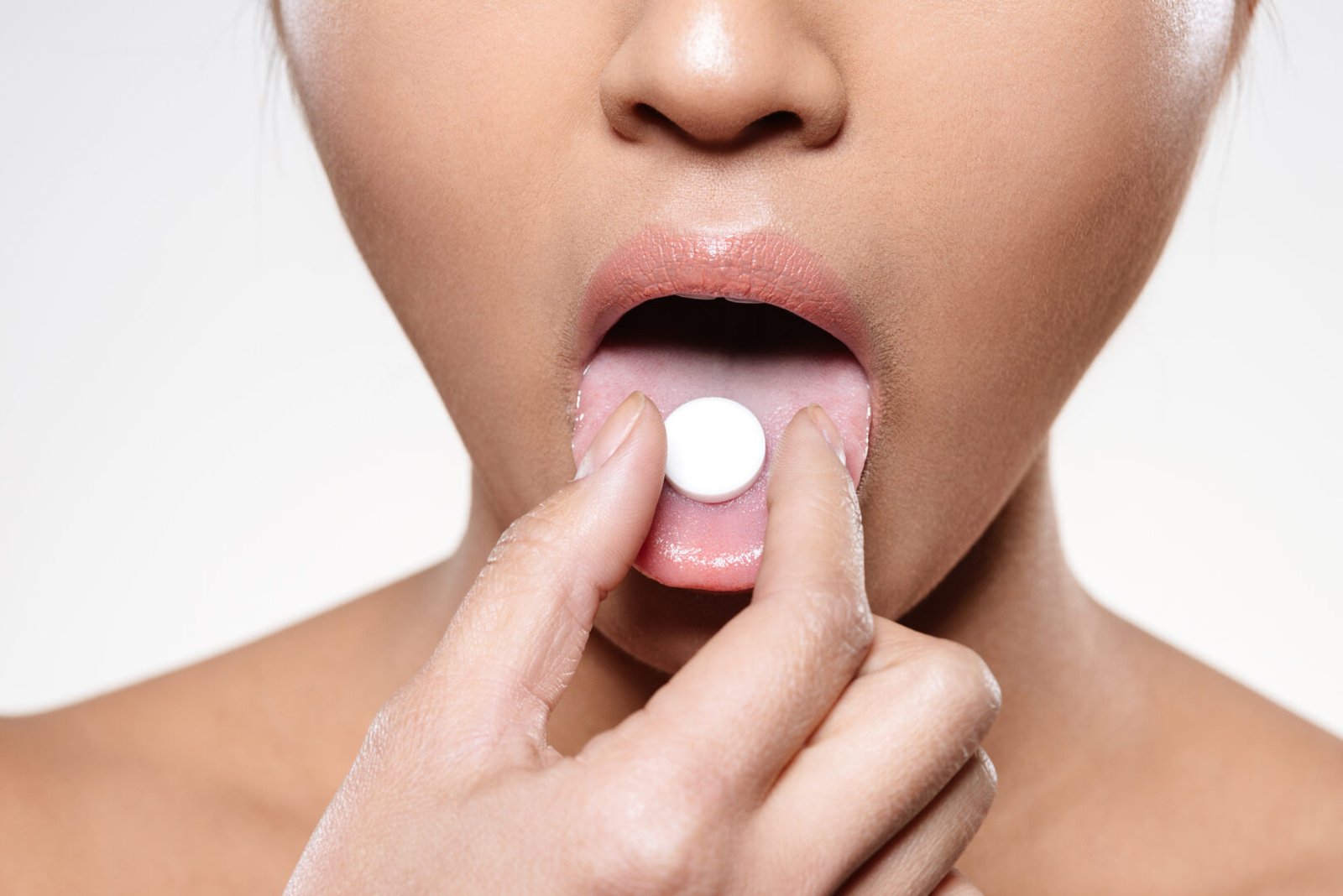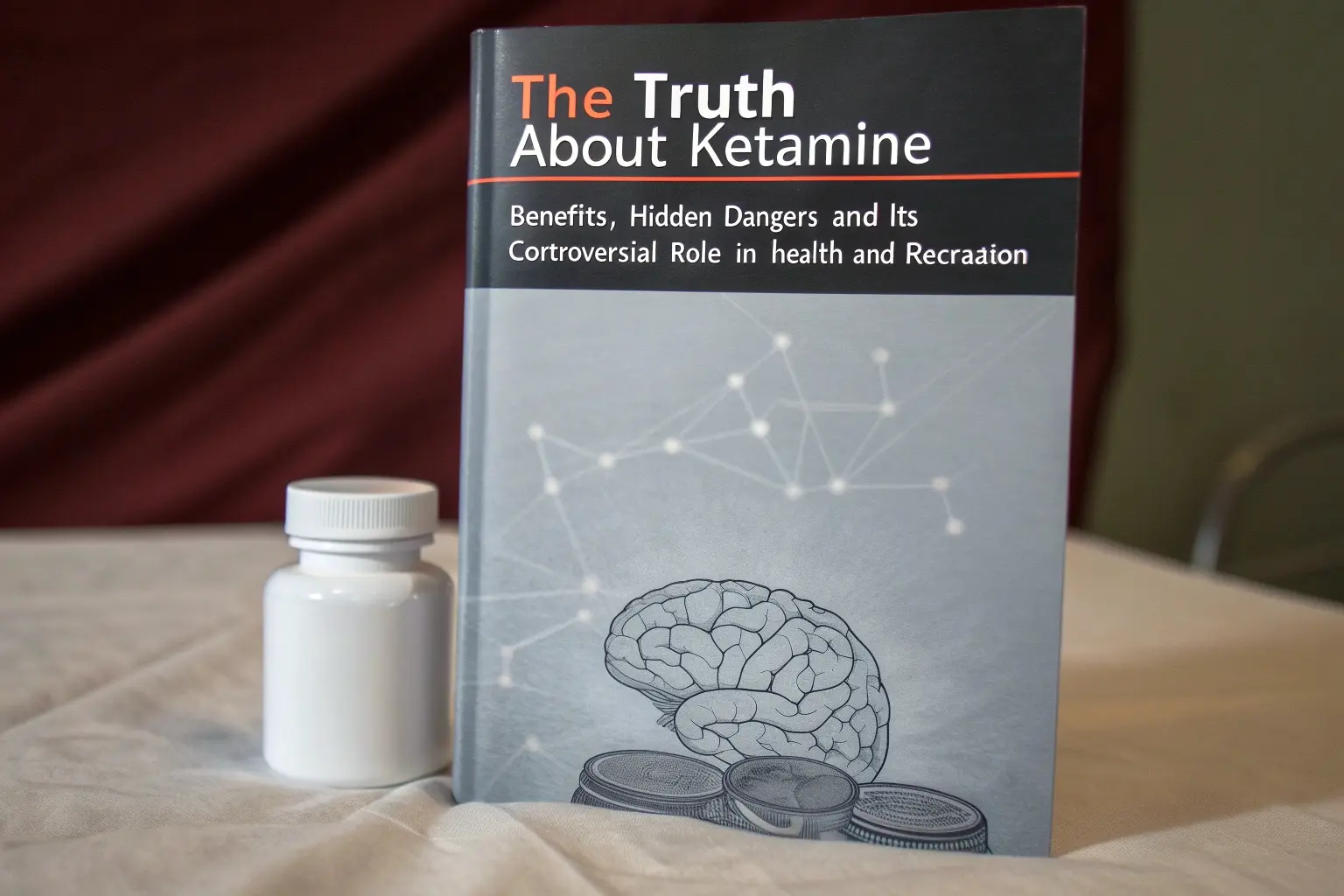What Is Andropause? A Closer Look at the Male Aging Process
Often dubbed the “male menopause,” andropause refers to an age-related decline in testosterone levels in men — typically beginning in their 40s or 50s. While not as universally experienced or

Often dubbed the “male menopause,” andropause refers to an age-related decline in testosterone levels in men — typically beginning in their 40s or 50s. While not as universally experienced or abrupt as female menopause, andropause can bring about significant physical, emotional, and sexual health changes in aging men.
Unlike the sudden drop in estrogen that women experience, testosterone decline tends to be gradual — around 1% per year after age 30. Still, for some men, the symptoms of low testosterone (also known as hypogonadism) can be disruptive and distressing.
What are the Common Symptoms of Andropause?
Many men may not recognize the symptoms of andropause or may attribute them to stress, aging, or lifestyle changes. However, some of the hallmark signs include:
- Decreased libido or sexual performance
- Fatigue and low energy
- Mood swings, irritability, or depression
- Loss of muscle mass and strength
- Increased body fat (especially around the abdomen)
- Reduced bone density
- Sleep disturbances
- Difficulty concentrating or “brain fog”
It’s important to note that these symptoms can be subtle and may develop over time, often going unnoticed or unaddressed.
Read The Story Of James Davis: Male Menopause: Perform at Your Full Potential After 45

What Causes Andropause in Men?
The primary driver of andropause is a decline in testosterone production by the testes. But several factors can exacerbate or accelerate this process, including:
- Chronic stress
- Poor diet or lack of exercise
- Alcohol and drug use
- Obesity
- Diabetes or metabolic syndrome
- Sleep apnea
- Certain medications (especially steroids or opioids)
There is also evidence that environmental toxins and endocrine disruptors (such as BPA or phthalates) may play a role in lowering testosterone levels over time.
How Is Andropause Diagnosed?
A proper diagnosis starts with a thorough medical evaluation, including:
- Symptom review
- Physical exam
- Blood tests to measure total and free testosterone levels, typically in the morning when levels are highest
Doctors may also evaluate other hormone levels (like LH and FSH), assess thyroid function, and rule out other conditions that mimic the symptoms of andropause.
“Many men suffer in silence,” says Dr. Alan Shah, an endocrinologist at NYU Langone Health. “They assume these changes are just part of getting older, but when testosterone levels drop significantly, it can and should be addressed.”
Read About: Erectile Dysfunction: The Silent Struggle and the Real Costs of the Pill
What Are the Treatment Options for Andropause?
If symptoms are moderate to severe and testosterone levels are low, testosterone replacement therapy (TRT) may be considered. TRT comes in several forms:
- Topical gels or patches
- Injections (weekly or biweekly)
- Implantable pellets
- Oral tablets or capsules (less commonly used)
Benefits of TRT may include improved libido, mood stabilization, increased muscle mass, and better cognitive function. However, there are risks and controversies:
- Potential cardiovascular risks
- Possible stimulation of prostate growth
- Fertility suppression
- Need for ongoing monitoring of hormone levels, blood counts, and PSA
In addition to or instead of TRT, many doctors recommend lifestyle changes to support hormonal balance naturally:
- Strength training and regular exercise
- Weight loss and healthy eating
- Stress reduction and better sleep hygiene
- Limiting alcohol and avoiding tobacco
What’s the Difference between Andropause vs. Male Midlife Crisis?
While the term “midlife crisis” is often thrown around casually, it usually refers to a psychological or emotional transition, not a hormonal one. Andropause is a biological process marked by a measurable drop in testosterone, although the two can certainly overlap.
Feelings of loss, purpose, or identity are common in midlife and can be exacerbated by physical changes related to andropause. Understanding the difference is key to pursuing the right treatment and support.
Why Men Should Talk About Hormonal Health
There’s long been a stigma around male vulnerability — especially when it comes to sexual health, aging, or mental well-being. But andropause is not a weakness; it’s a natural biological process that deserves attention and care. Recognizing the signs of low testosterone early can help men seek timely support and treatment.
Open conversations with healthcare providers — and ideally, with partners and loved ones — can lead to better outcomes and quality of life. More men are beginning to recognize that taking care of their hormonal health is not just about libido or looks — it’s about longevity, vitality, and emotional balance.
Acknowledging Andropause Is Key to Aging Well
Andropause isn’t a myth or a punchline — it’s a very real condition affecting millions of men worldwide. While it may not impact every man equally, those who experience symptoms should know that help is available and that aging doesn’t have to mean decline.
The combination of early detection, lifestyle change, and, when appropriate, medical treatment can help men navigate this chapter with strength, clarity, and confidence.








